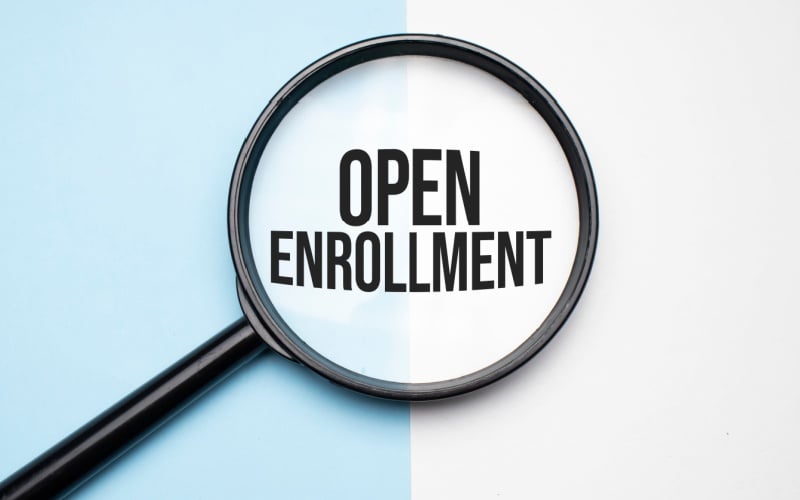Even with thorough open enrollment efforts, some employees may miss deadlines or choose incorrect benefits. Employers should be cautious and understand the rules before allowing corrections. Here’s an overview of handling post-election errors, midyear changes, and best practices. For specific issues, consulting legal counsel is advised.
Addressing Election Errors
Most benefits plans renew annually. Employees can adjust their elections until the plan year starts, but employers typically don't allow changes post-open enrollment. This deadline is set early for administrative ease. Once plans renew, changes are generally not permitted unless correcting an administrative error or after a qualifying life event. If an employee needs to correct an error post-enrollment, employers should consider the following:
Section 125 Plans
A Section 125 plan, or cafeteria plan, lets employers offer employees a choice between cash and certain benefits without tax penalties. Corrections after open enrollment must comply with IRC Section 125, which mandates elections be made before the plan year starts and remain unchanged unless a qualifying life event occurs. While the IRS may allow corrections under the "doctrine of mistake" with clear evidence, such as data entry errors, this is rare and risky. Employers should carefully assess errors, as allowing changes could lead to IRS enforcement actions.
ERISA Precedent
The Employee Retirement Income Security Act of 1974 (ERISA) sets standards for retirement and health plans to protect individuals. Employers can allow post-open enrollment corrections, but doing so sets a precedent requiring similar allowances for others. ERISA mandates that election changes be finalized before the plan year starts.
Insurance Carrier Limitations
Insurance carriers typically do not allow election changes outside the enrollment period for fully insured plans due to financial risk. Self-funded plans offer more flexibility, but employers must seek approval from stop-loss carriers for coverage additions. Without carrier approval, claims from election changes may not be covered.
Qualifying Life Events
Once the plan year begins, employees can only alter their elections if they experience a qualifying life event. Such events include changes in marital status, number of dependents, dependent status, employment, residence, or loss of health coverage. These events may allow for midyear election changes.
Establishing Best Practices
To minimize election errors, employers should ensure a smooth open enrollment process. Encourage early enrollment to avoid last-minute mistakes, communicate benefits clearly using multiple channels, and provide educational resources. Set firm deadlines for changes, but if allowing post-enrollment adjustments, consider a cutoff two weeks before the plan year starts to ensure timely implementation.
Summary
Knowing when employees can make post-election corrections helps employers prevent violations and legal issues. A successful open enrollment minimizes errors and reduces correction needs. Download the bulletin for more details.

